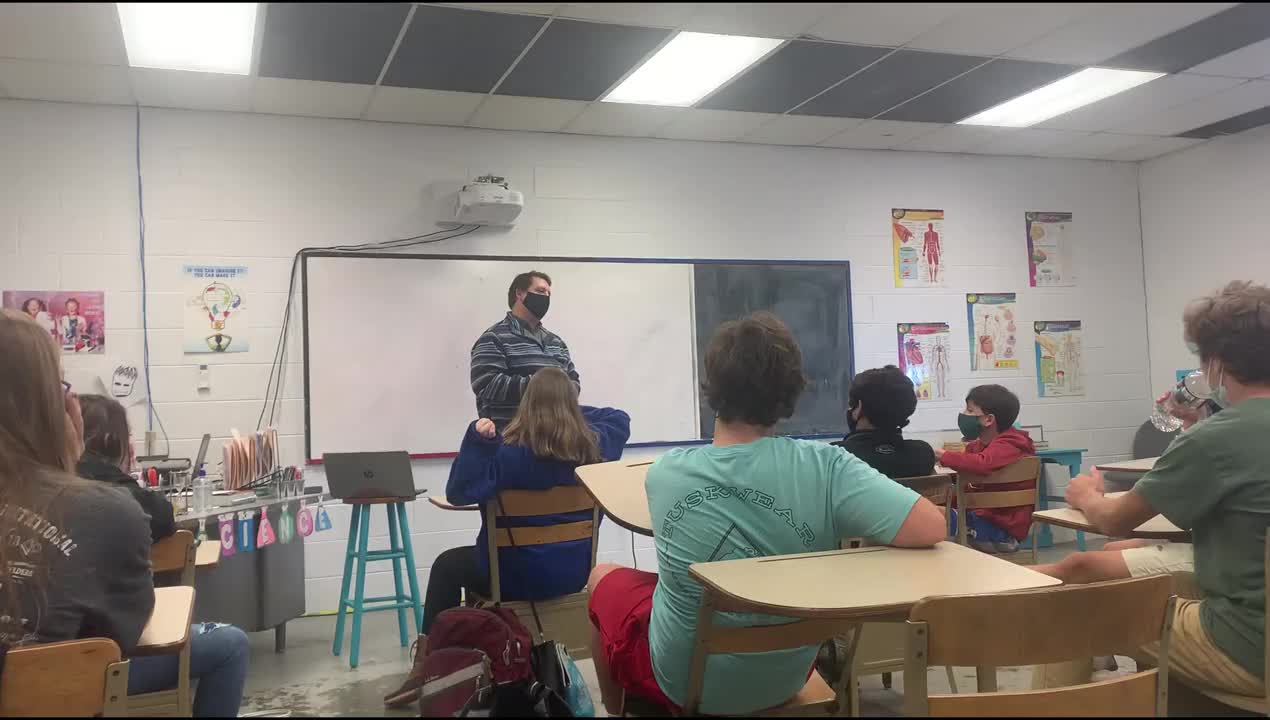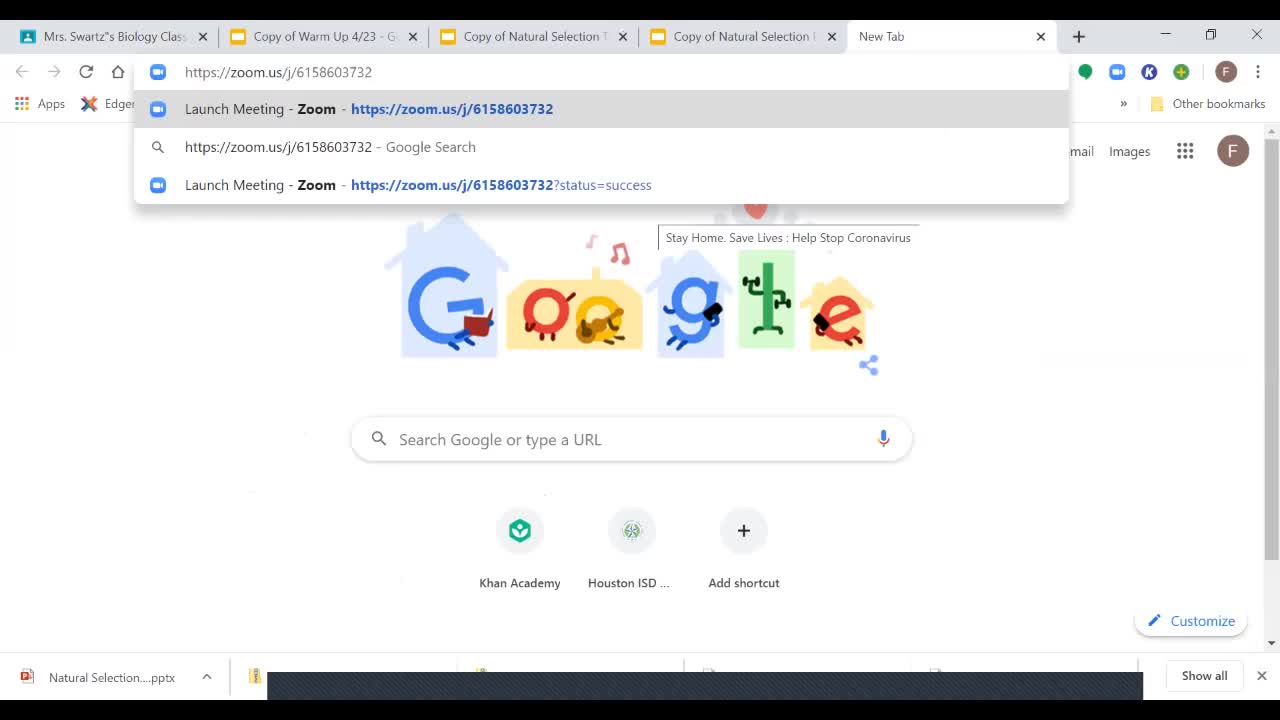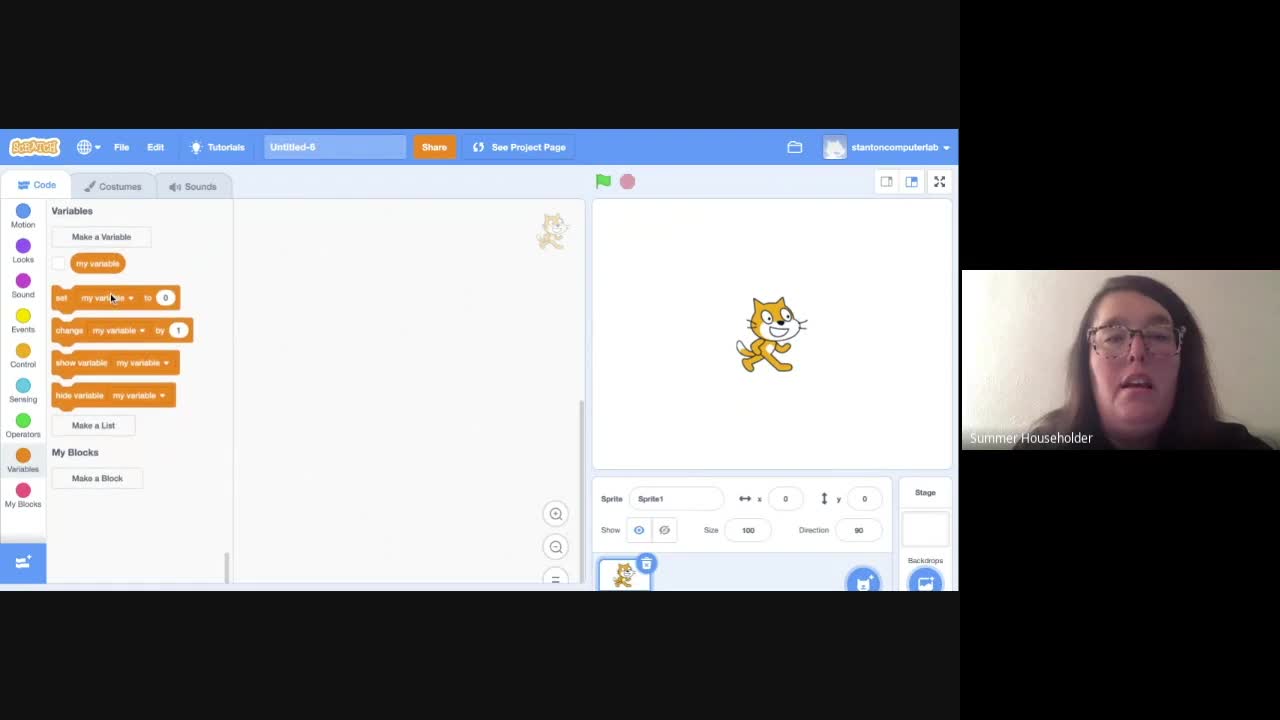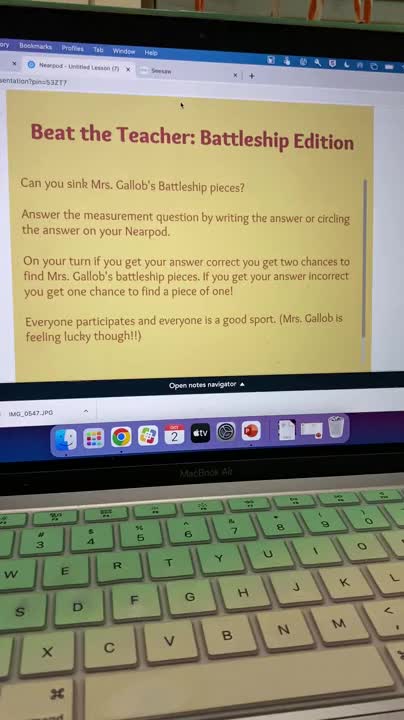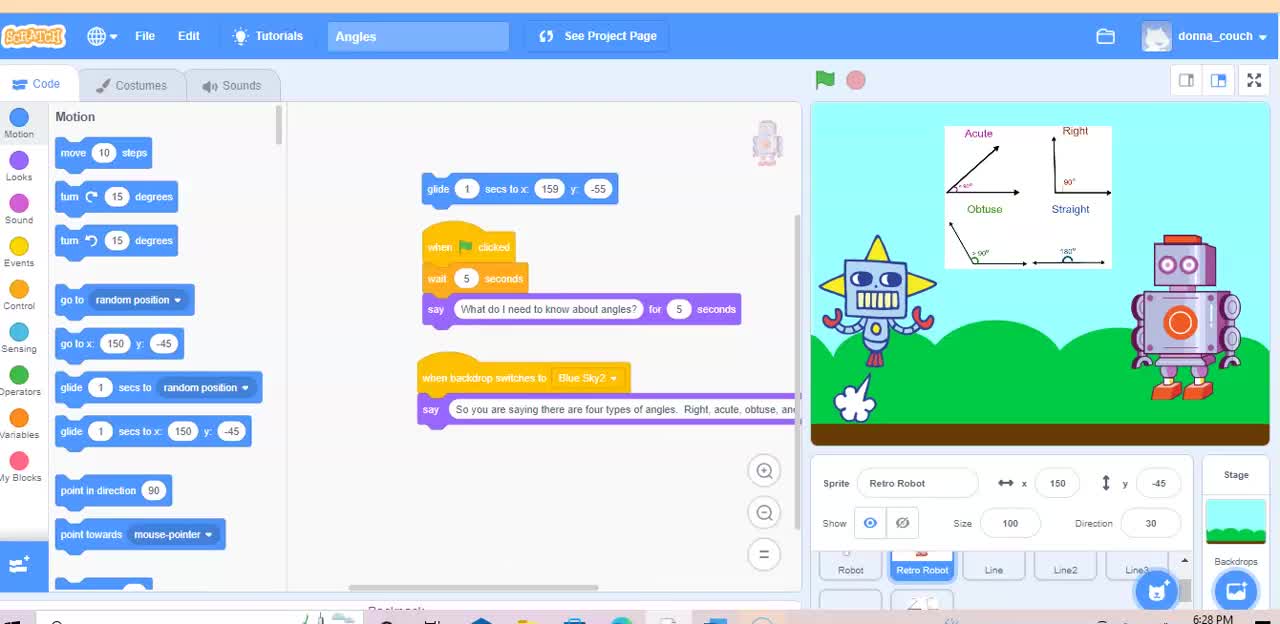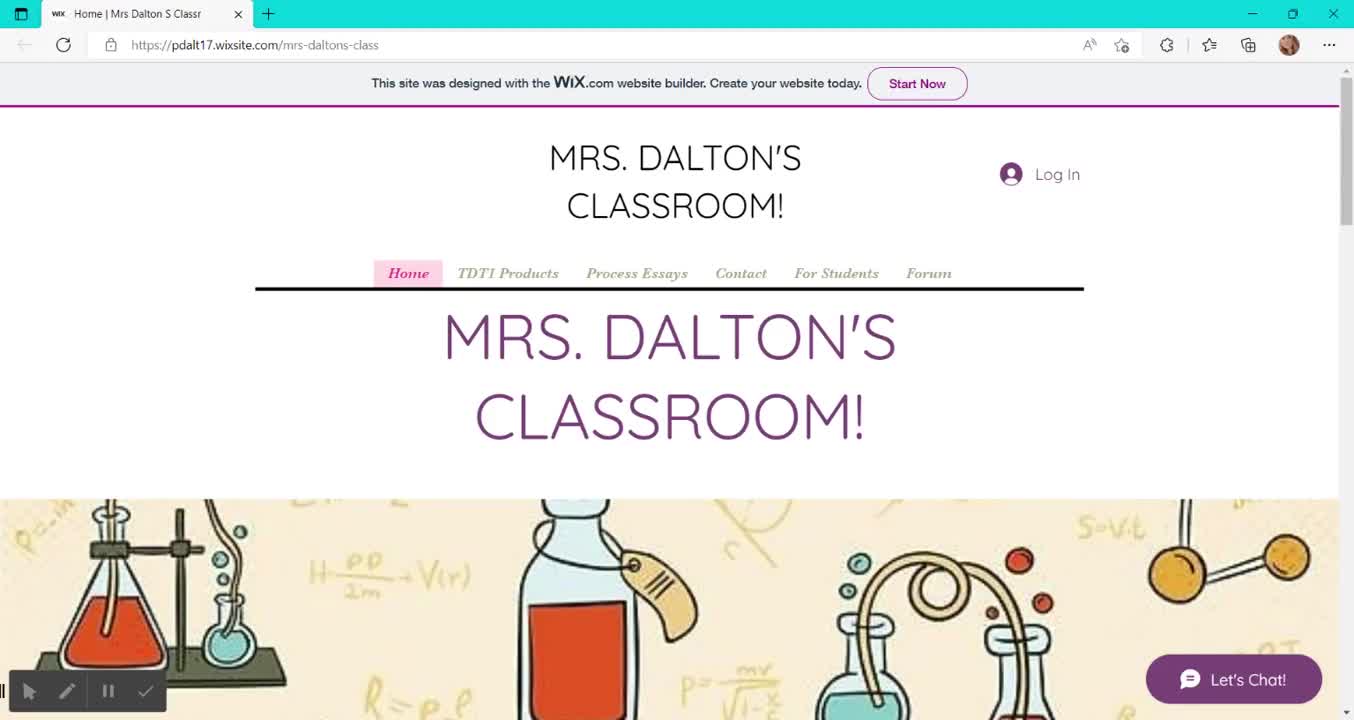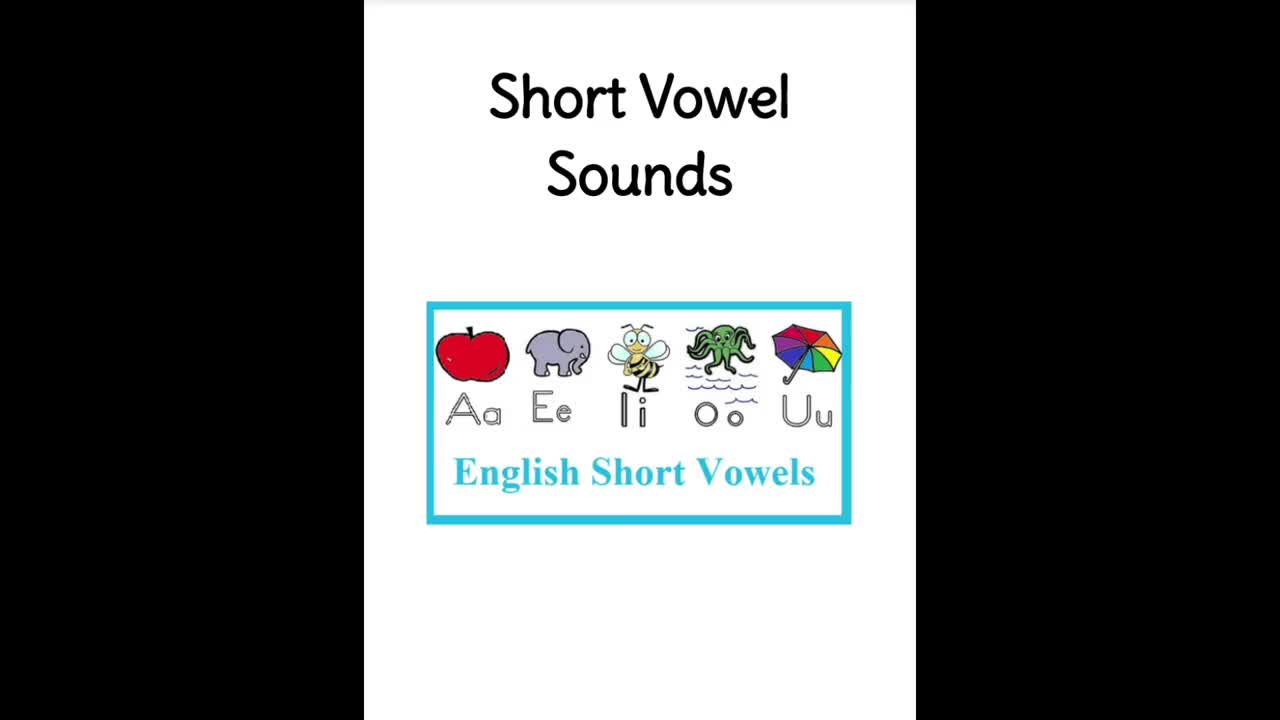Terminology for Anatomy and Physiology
College and University / Science / Biology
When you first begin your course in human anatomy and physiology, one of the first things that strikes you is that it seems like it's being taught in a foreign language, and in a way it is. And that's a good way to approach your a and P class. It's as if you're learning a new language, and one of the easiest ways to learn a new language is to go to a part of the world where they speak that language and live that language, and just become a part of it and immerse yourself in it. And that's what you're going to be doing in your AMP courses immersing yourself in a new language. And when you do that, it's a good idea to go to this new area. With a few phrases like hello, how are you? I'm fine. And where's the bathroom? And a few basic principles of how that language works. And then just go to it and start learning it. If you are in an area that speaks a foreign language and you're not making any attempt to learn it, you're not really know what's going to be going on around you. That can be a very dangerous situation. In an AMP, it means that we're not really going to understand the concepts that underlie the course, the main reason you're taking a and P, so the language is a necessary tool in order to understand the real content of our course, so how does it work? What are the basic principles we need for a and P language. The first thing to remember is that it is a Latin based language, and Latin does have other word parts in it, has word parts from Greek from English from chairman from all kinds of languages, but it's basically founded upon the principles of Latin, and one of the nice things about the Latin language is that many terms are built up of word parts, and so that's what we're going to look at very briefly so that we have a good foundation for starting our understanding of this new language. The root is the basic part of any term. In many terms that's all it is is the root and I'll give you an example of one in just a moment. But many terms also have other word parts added to the root, for example, you can add something before the root called a prefix. Pre means before, fix means to place so a prefix is something placed before the root. And you can have more than one prefix each additional prefix is going to change the meaning of that term. You can also add word parts after the root, and that kind of a word part is called a suffix, soft is from sub which means under, or in this case after, so suffix is something placed after the root, and as with the prefix you can have more than one suffix that is placed after that root. So let's take a look at an example. Some or soma can mean body like a small structure or body within a cell or somewhere else in an organ, for example. But if we add a prefix in front of it, it means something different. Chromosome, chromo means color, so literally means colored body, and that's chromosome is the term we give to those little highly stained bodies within the nucleus made up of mostly of DNA. We can also add a suffix to the end here to change its meaning again, the AL suffix means about so it changes the meaning of the word from a noun to an adjective chromosomal means something pertaining to or something about a chromosome. Here's another word made up of both a prefix and a suffix attached to a root, mallon is the root. That means black, and when we add IN suffix at the end, IN means substance often refers to a protein, melanin, that's a primary dark black pigment that's found in human skin. And when melanin was first discovered, we thought it was black, it's actually more of a dark brown, and it's called melanin. Black stuff. Well, then later on, we found some lighter colored melanins, more reddish colors. So we called the original black group, or dark brown group, the eumelanin, the true melanins, that newer group are called pheomelanin, using the prefix feel which means dusky, or reddish in color. Here's another one very quickly apt means to join when we put the prefix sin in front of it. It means to join together or a junction often used as a junction between two cells. If we add IC, it makes it an adjective synaptic means pertaining to a synapse or junction between cells and pre means before that junction, so presynaptic means before a junction between two cells.






